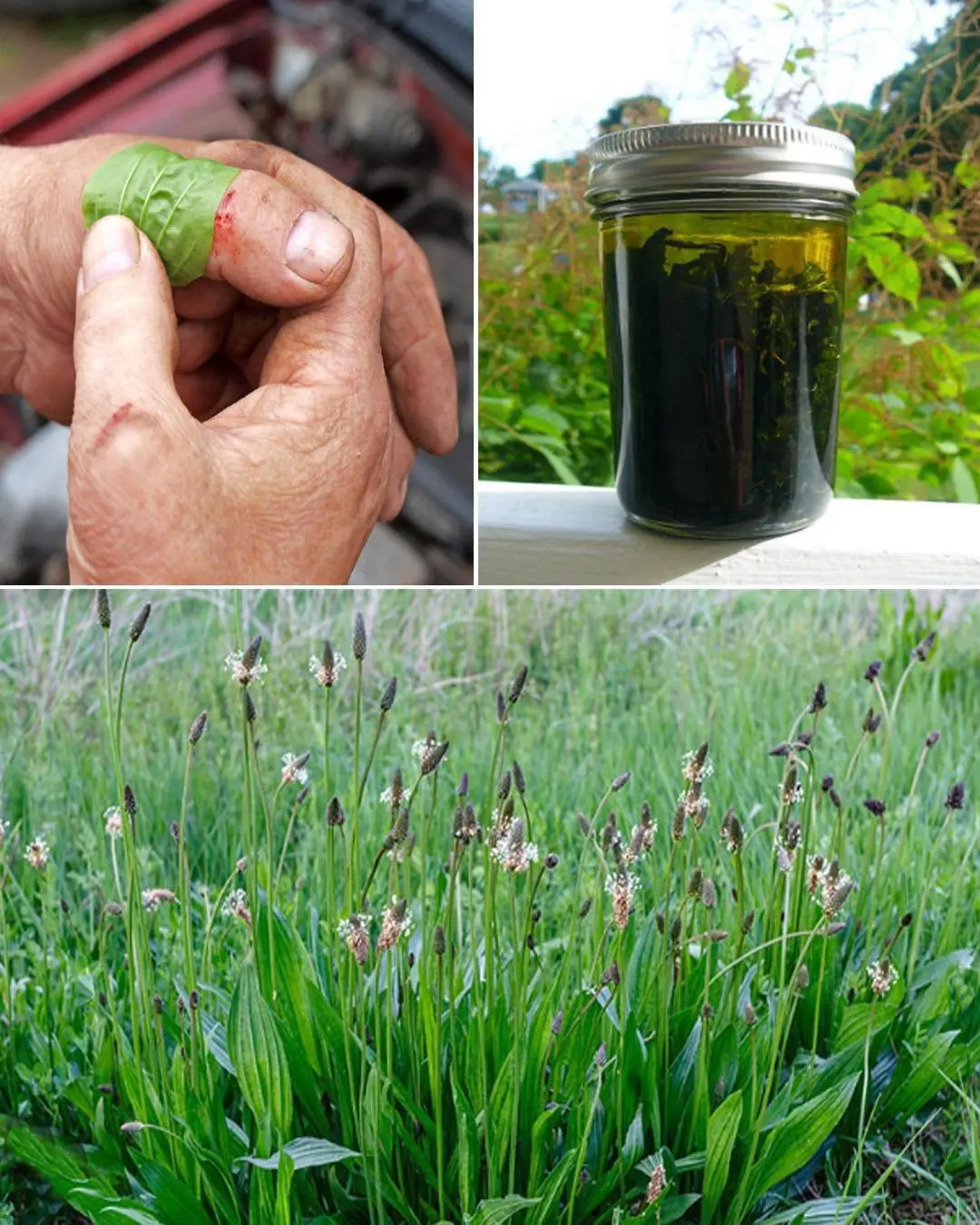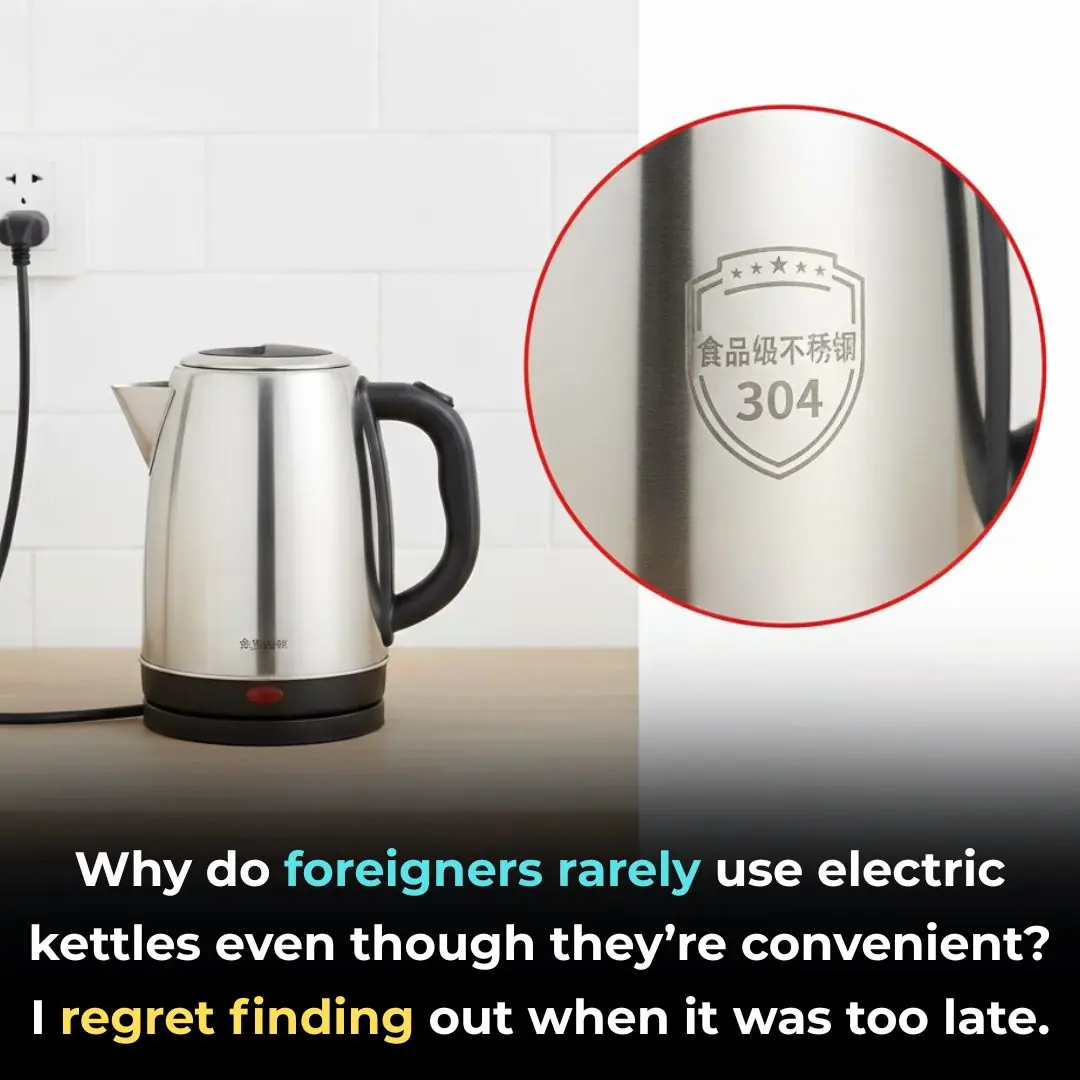
Should You Throw Toilet Paper in the Trash or Flush It?
A simple habit that reveals more about hygiene, culture, and the environment than you might think
For something we do every day, the question of what to do with used toilet paper seems trivial — yet it sparks surprising debate across the world. Should toilet paper be flushed down the toilet or thrown in the trash?
The answer depends not only on what type of paper you use, but also on your plumbing system, wastewater treatment infrastructure, and cultural habits. Choosing the wrong method can clog drains, increase maintenance costs, and even harm the environment.
🧻 1. The Type of Toilet Paper Matters
Not all toilet papers are created equal. The kind you buy largely determines whether it’s safe to flush.
Standard toilet paper, especially thicker or multi-ply varieties, doesn’t dissolve easily in water. Flushing them can cause pipe blockages and septic backups, especially in older plumbing systems.
In contrast, biodegradable or septic-safe toilet paper is designed to break down quickly when it contacts water. These papers are made with shorter fibers that dissolve within seconds, making them a better option for flushing.
According to Plumbing Manufacturers International (PMI, 2024), only toilet paper labeled septic-safe or rapid-dissolving should be flushed. Other bathroom products like wet wipes, tissues, or paper towels, even if marked “flushable,” can still cause blockages.
Simple test at home:
Drop a square of your toilet paper into a bowl of water and stir it gently.
-
If it disintegrates into small pieces within 30 seconds → it’s safe to flush.
-
If it stays intact or clumps together → toss it in the trash.
Healthline (2023) notes that flushing non-degradable paper can cause buildup in pipes and create breeding grounds for harmful bacteria and mold.
💧 2. The State of Your Plumbing System
The second factor is the condition and design of your home’s plumbing system.
In countries like the United States, Japan, or much of Europe, modern sewage systems are designed to handle toilet paper efficiently. Pipes are wider, and wastewater treatment plants are equipped to filter out paper fibers safely.
However, in many developing or densely populated areas — including parts of Southeast Asia and Latin America — older or narrow drainage systems cannot process large amounts of paper. Flushing paper here often leads to blockages, leaks, and unpleasant odors.
The World Health Organization (WHO, 2024) emphasizes that clogged sanitation systems can lead to contamination of water supplies, spreading diseases such as cholera, hepatitis A, and dysentery.
If your plumbing is prone to slow draining or backups, disposing of toilet paper in a covered bathroom bin may be safer and more hygienic. Just ensure the bin has a lid and is emptied regularly.
🌍 3. Cultural and Environmental Factors
Beyond engineering, how people handle toilet paper is also deeply tied to culture and public infrastructure.
In Western countries like the U.S., Canada, and most of Europe, flushing toilet paper is standard practice — even encouraged. Wastewater plants are designed to treat and filter dissolved paper efficiently.
But in many Asian countries — including Vietnam, Thailand, and China — it’s more common to throw used paper into a bathroom bin. This practice originates from older sewage systems that couldn’t handle fibrous waste, and it remains a practical habit today.
According to a 2023 study from the Environmental Protection Agency (EPA), even modern systems can become stressed by excess paper use, particularly when combined with low-flow toilets that use less water per flush.
There’s also an environmental dimension:
-
Producing toilet paper consumes vast amounts of trees and water.
-
On average, one person uses about 30 kilograms of toilet paper annually, and it takes 140 liters of water to produce a single roll. (Statista & WWF, 2023)
-
Flushing too much paper increases the energy and cost of wastewater treatment.
To reduce impact, experts recommend using smaller amounts of paper, switching to bamboo or recycled paper, or even considering bidet attachments — which drastically reduce paper waste and are gaining popularity in eco-conscious homes.
🚱 4. Health and Hygiene Considerations
While convenience is important, hygiene should come first. A key concern when throwing paper in the trash is odor and bacterial growth, especially in warm or humid climates.
The Centers for Disease Control and Prevention (CDC, 2024) advises that if you dispose of paper in a bin, it should have a tight-fitting lid and be cleaned daily to prevent bacterial contamination.
Bidet sprays or electronic washlets (common in Japan and Korea) offer an alternative that’s both cleaner and environmentally friendly.
A 2022 study from Tokyo Women’s Medical University found that using water-based cleaning after defecation reduced bacterial presence by over 90% compared with dry wiping alone.
🧩 So, Which Is Better — Trash Bin or Toilet?
There’s no one-size-fits-all answer, but here’s a simple guide:
| Situation | Best Practice |
|---|---|
| You use biodegradable / septic-safe paper & modern plumbing | ✅ Flush it down the toilet |
| You use thick, multi-ply, or scented paper | 🚫 Throw it in the trash |
| You live in an area with old or narrow drainage pipes | 🚫 Use a covered bin |
| You use a bidet or washlet | ✅ Minimal paper use — safe to flush or compost |
| You want an eco-friendly option | ♻️ Switch to bamboo paper or bidet system |
🌿 The Takeaway
Flushing toilet paper isn’t inherently wrong — but it must match your plumbing capacity and paper type.
In developed cities with modern wastewater treatment, flushing septic-safe paper is fine.
In older buildings or rural areas, it’s safer to throw it away properly.
As EPA environmental engineer Dr. Karen Meyers explains:
“The goal isn’t just convenience, but sustainability. Every small household habit — including how we dispose of paper — affects the health of our pipes, our water, and our planet.”
Ultimately, the cleanest, safest, and most sustainable method is the one best suited to your household’s plumbing and hygiene conditions.
So next time you reach for that roll, remember: a little mindfulness goes a long way — for both your pipes and the planet. 🌎
News in the same category

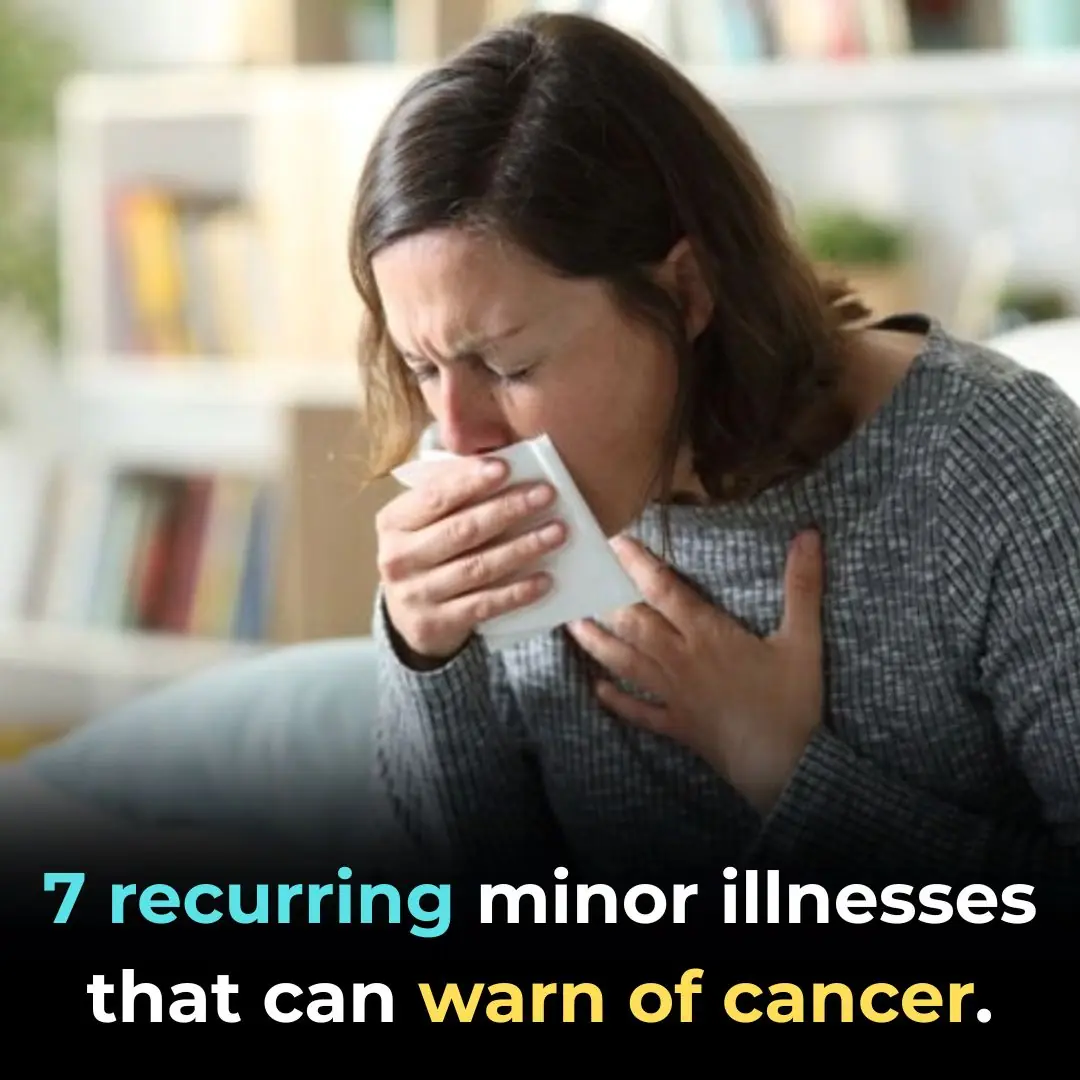
7 Subtle Health Problems That Could Be Early Warning Signs of Cancer

‘Learn How to Drive!’: Connecticut Karen Embarrasses Her Husband and Herself Over Parking Spot That Was Never Blocked

Meet Demi Johnson, the Teen Scientist Helping Restore Oyster Reefs in Mississippi

Detroit Couple Celebrates Their 75th Wedding Anniversary And Credit Communication As The Key To A Lasting Marriage

This Mom Got Illinois To Sign A Law Banning Hair Discrimination In Schools

These Multilingual Siblings Have Created A Virtual Academy To Teach People How To Speak Other Languages

This Mother and Daughter Got The Chance To Serve On The Same U.S. Navy Ship Together

Mara Brock-Akil Set to Reimagine Judy Blume Classic for Netflix

Scientists finally reveal if pouring coffee down drain harms environment after woman fined $200

People deeply disturbed as Amazon announce new dystopian way to track its drivers

3 Surprising Health Benefits of Using a Bidet — for You and the Planet
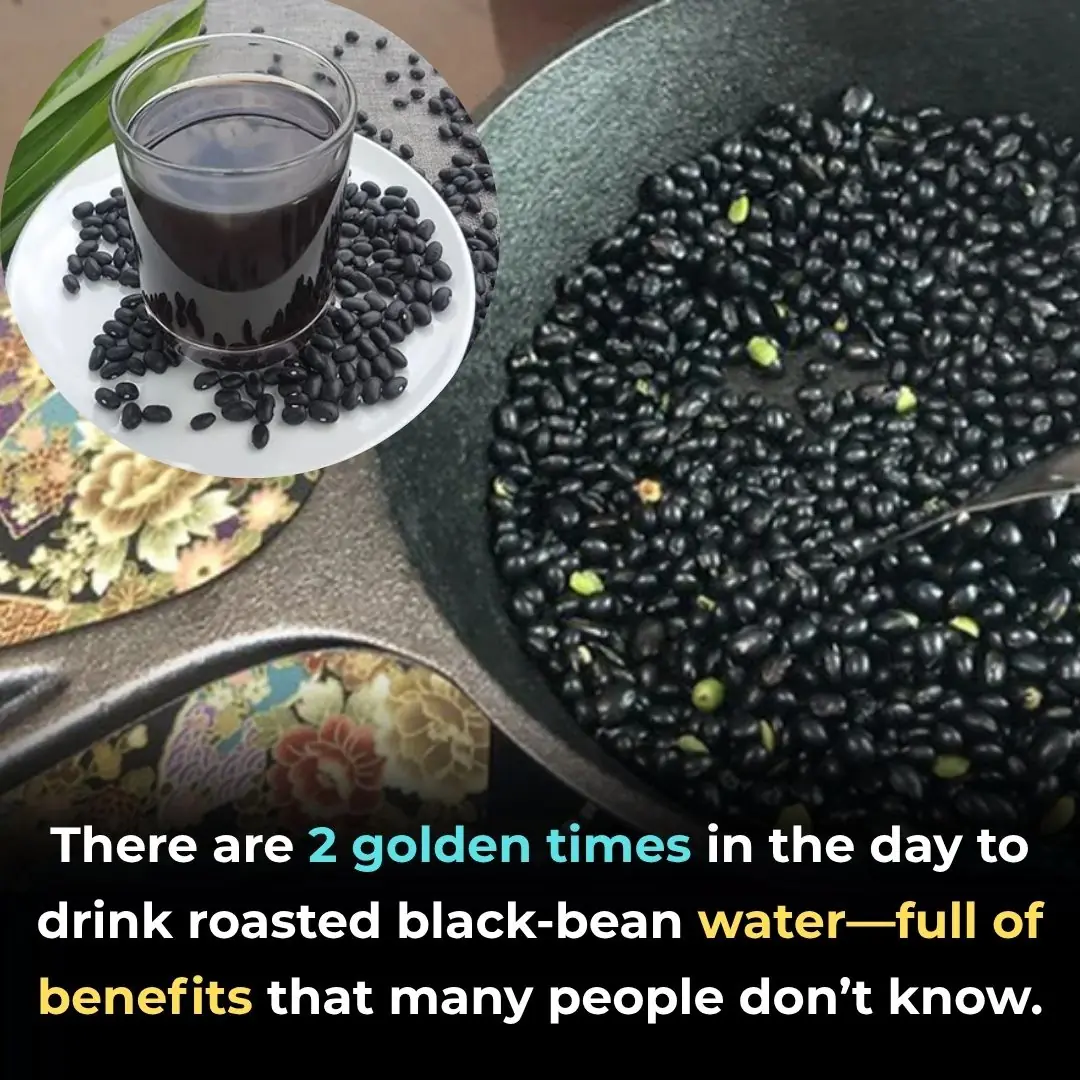
The Two Golden Times of Day to Drink Roasted Black Bean Water — A Small Habit With Big Health Benefits
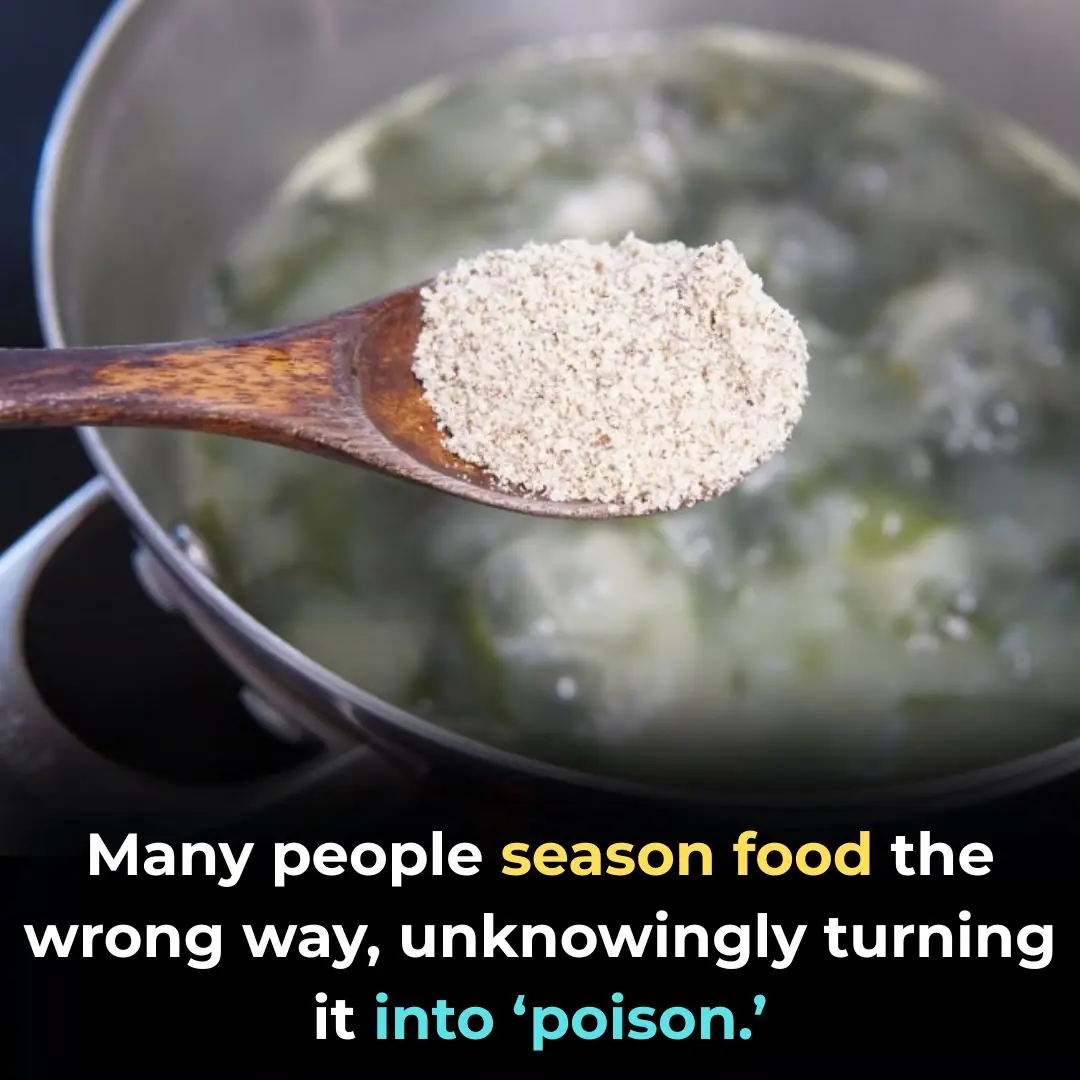
Millions Are Seasoning Food the Wrong Way — Making Meals Less Tasty and Potentially Toxic

8 Types of Women Most at Risk for Breast Cancer — Are You One of Them?

8 Subtle Bathroom Signs That Could Indicate Cancer — Don’t Ignore Them

Previously Homeless Veteran and Mother of 6 Becomes A First-Generation College Graduate

Baileigh Sinaman-Daniel Makes NCAA History as First One-Armed Women’s Basketball Player to Score in a Game

California Teen Goes From Compton To Harvard To Oxford As A Rhodes Scholar
News Post
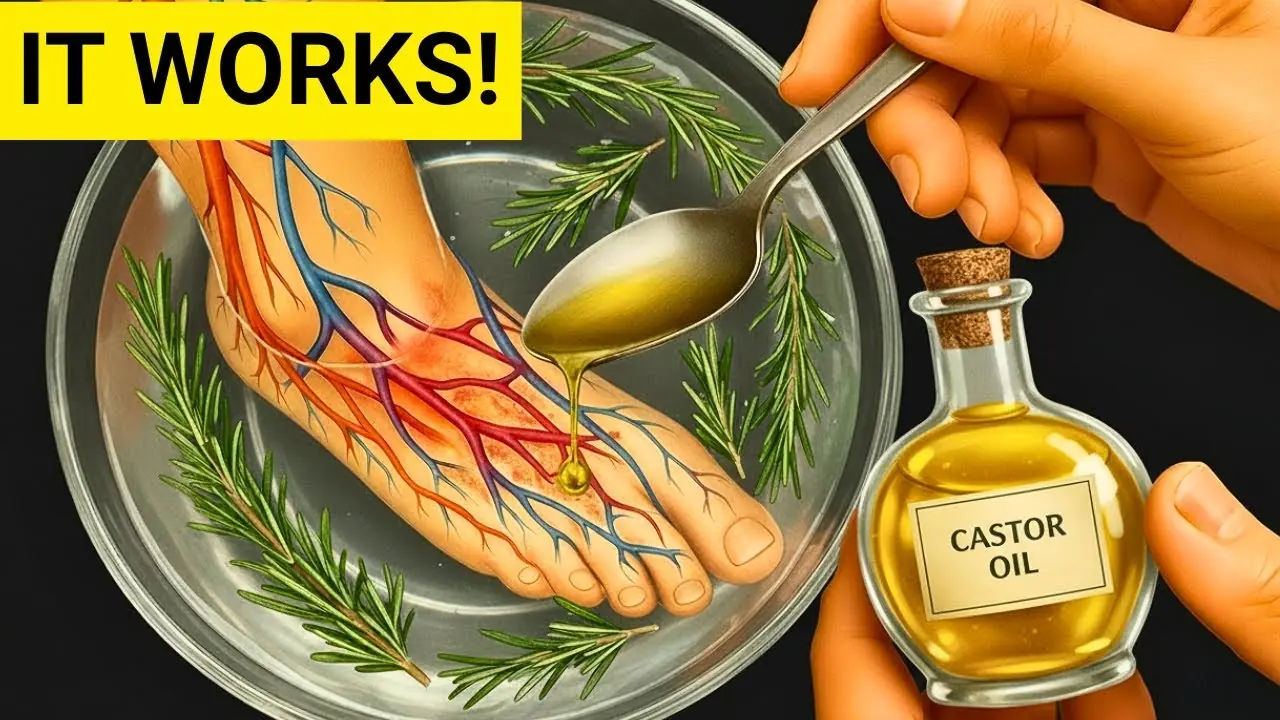
Mix Castor Oil and Rosemary — The 7-Day Results Will Surprise You
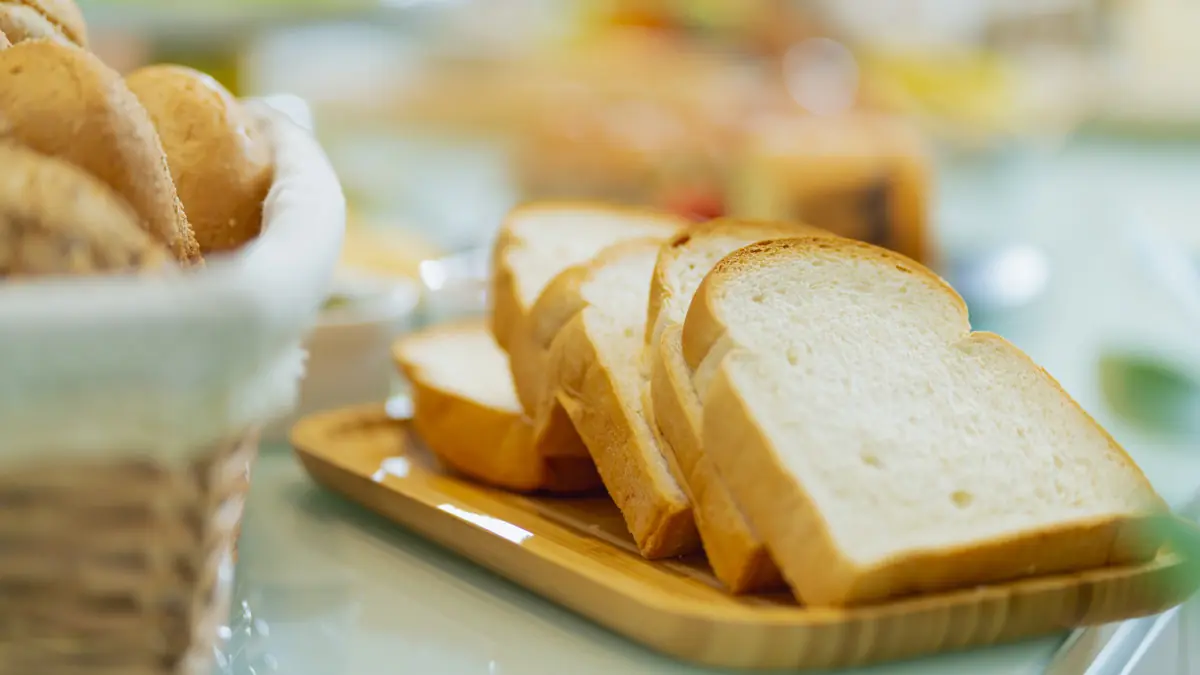
This Is What Happens to Your Body the Day You Stop Eating Bread
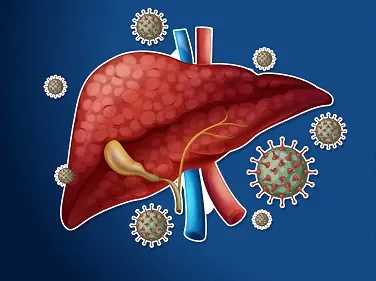
14 Symptoms of Liver Damage You Need to Know

Prepare Ginger This Way to Prevent Cancer, Reduce Cholesterol, and Lower Blood Sugar Levels

Chimp Smiles for the Camera — While Stealing a Dog, Then Does the Unexpected

Prayers for Chaden: A Racer’s Fight Beyond the Track

From Shoplifting Call to Saving Lives: The Story of TJ and Max.

More Than Just a Car: A Lifetime in Metal and Memories.

The Man Who Carried an Elephant.

Firefighters Build a New Path of Dignity for an Elderly Woman.

Murphy the Eagle Who Loved a Rock—Until Life Gave Him a Real Chick.
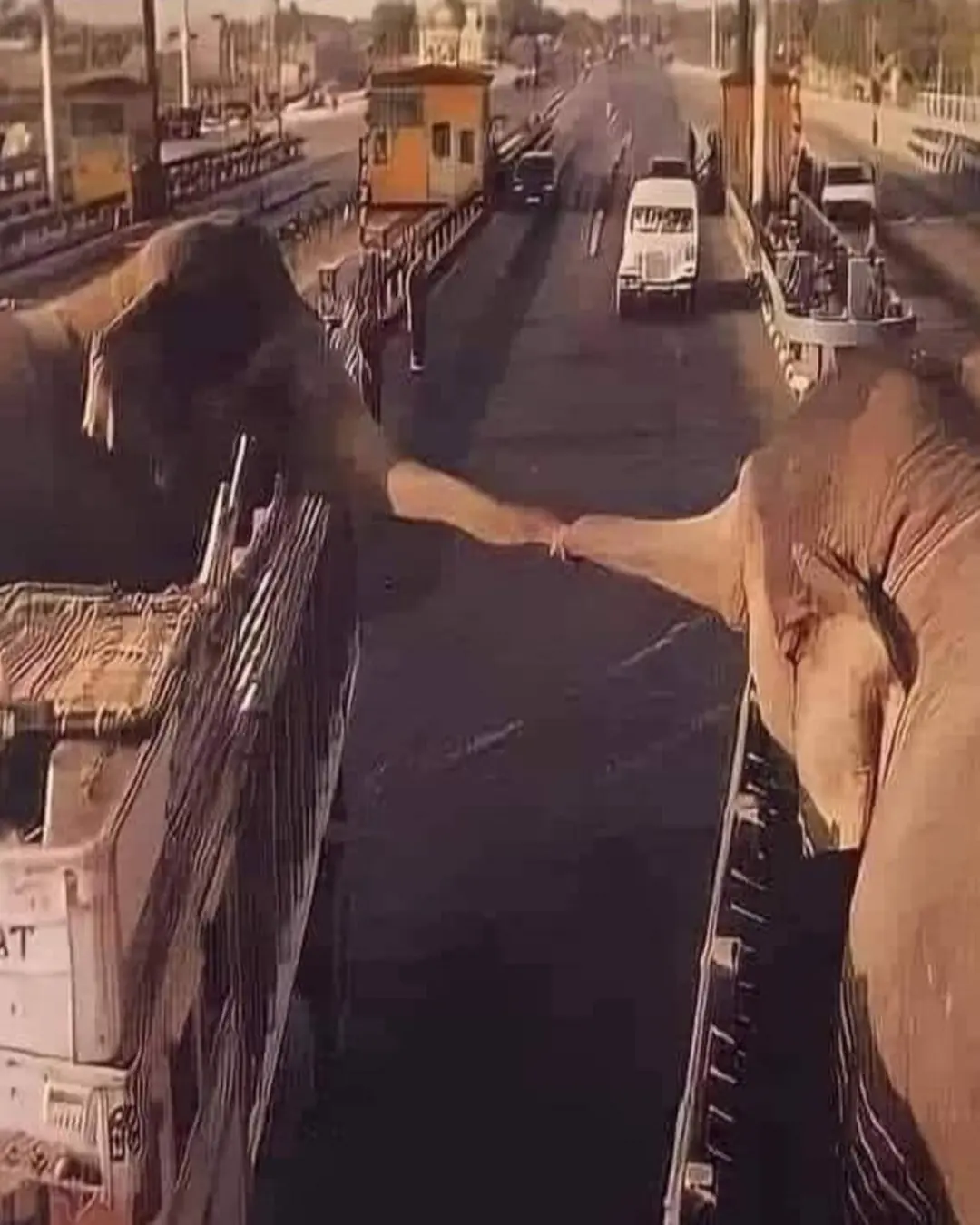
The Touch That Broke Our Hearts.
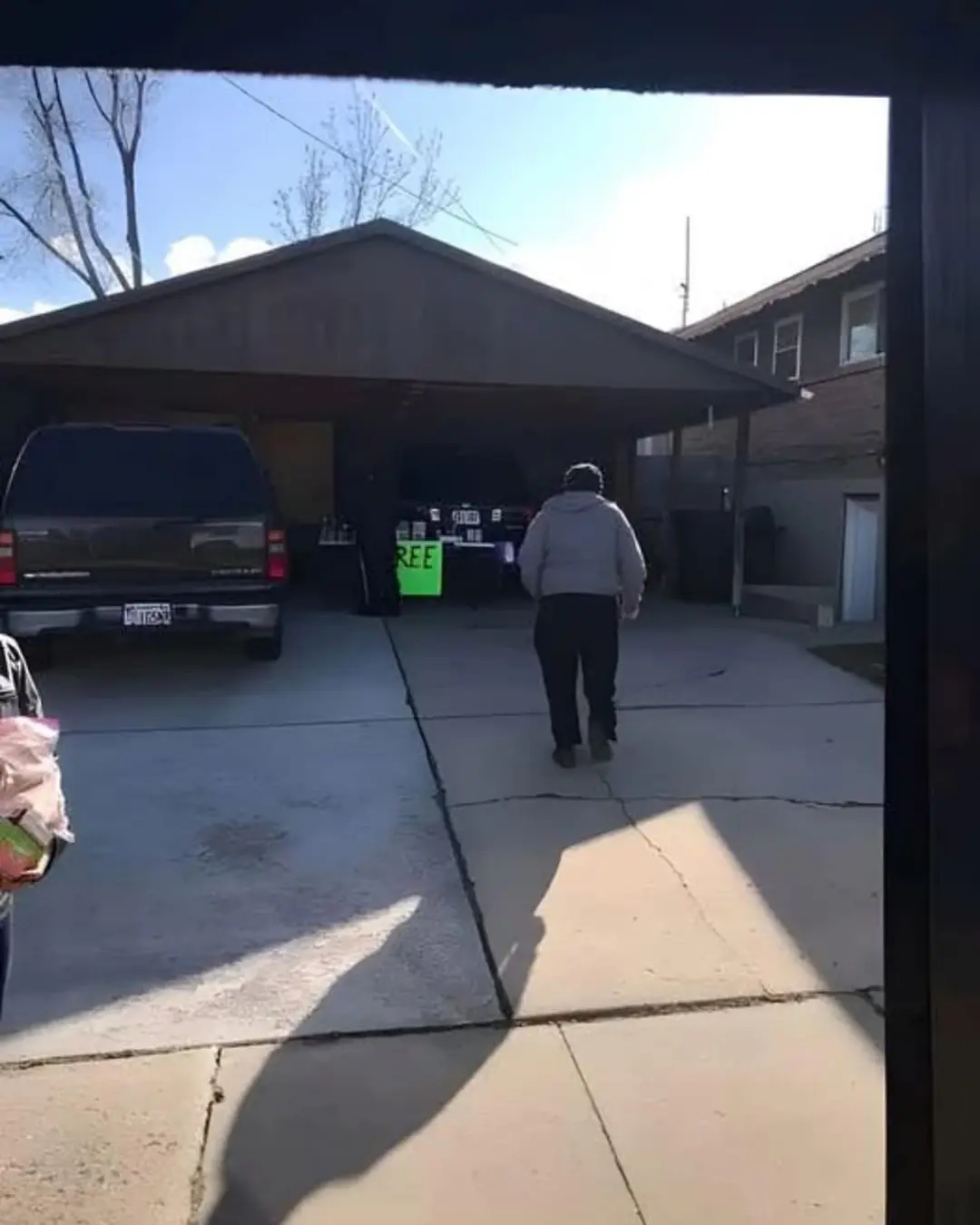
A Table in the Garage.

The Power of Simply Sitting Beside Someone.

The Spiritual Meaning of White Butterflies in Your Home

If You Find A Tick Inside Your Home, Here’s What You Need To Know
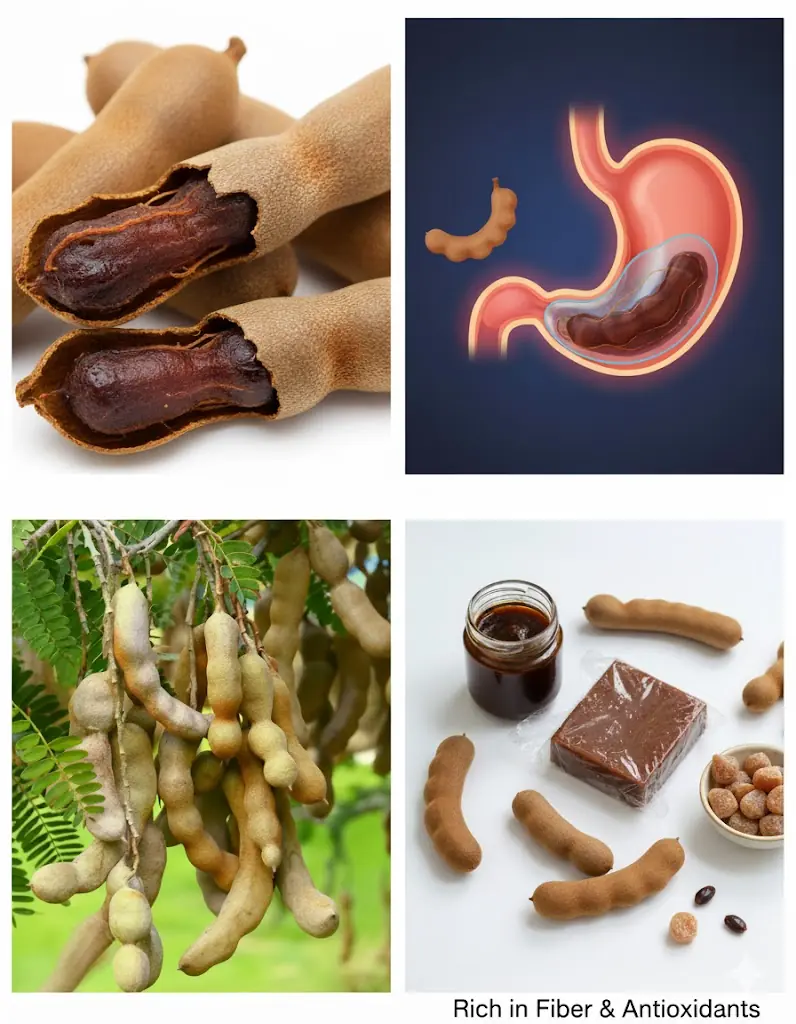
The Power of Tamarind Fruits: Sweet, Sour & Supercharged with Health Benefits
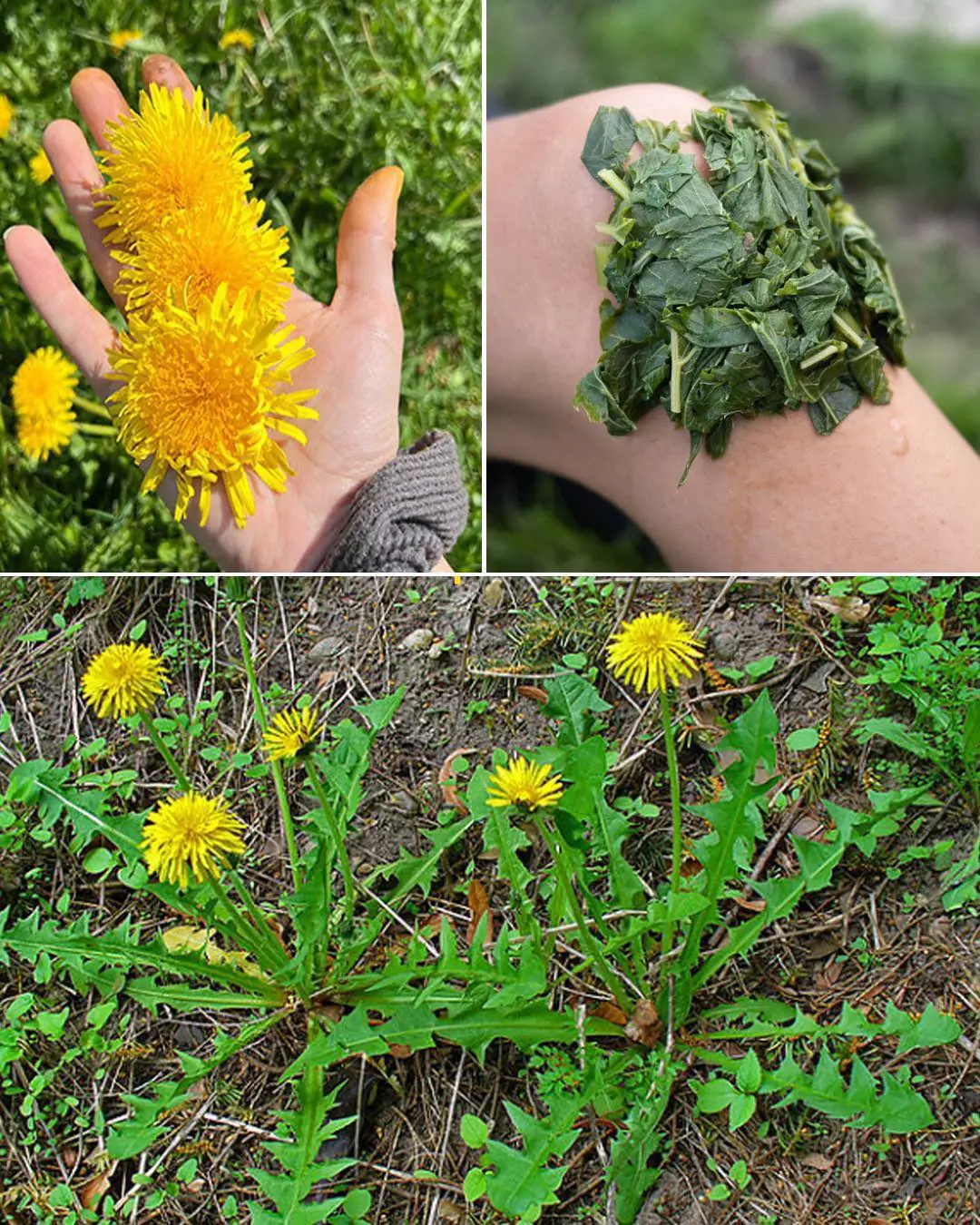
5 Health Benefits and Uses of Dandelion
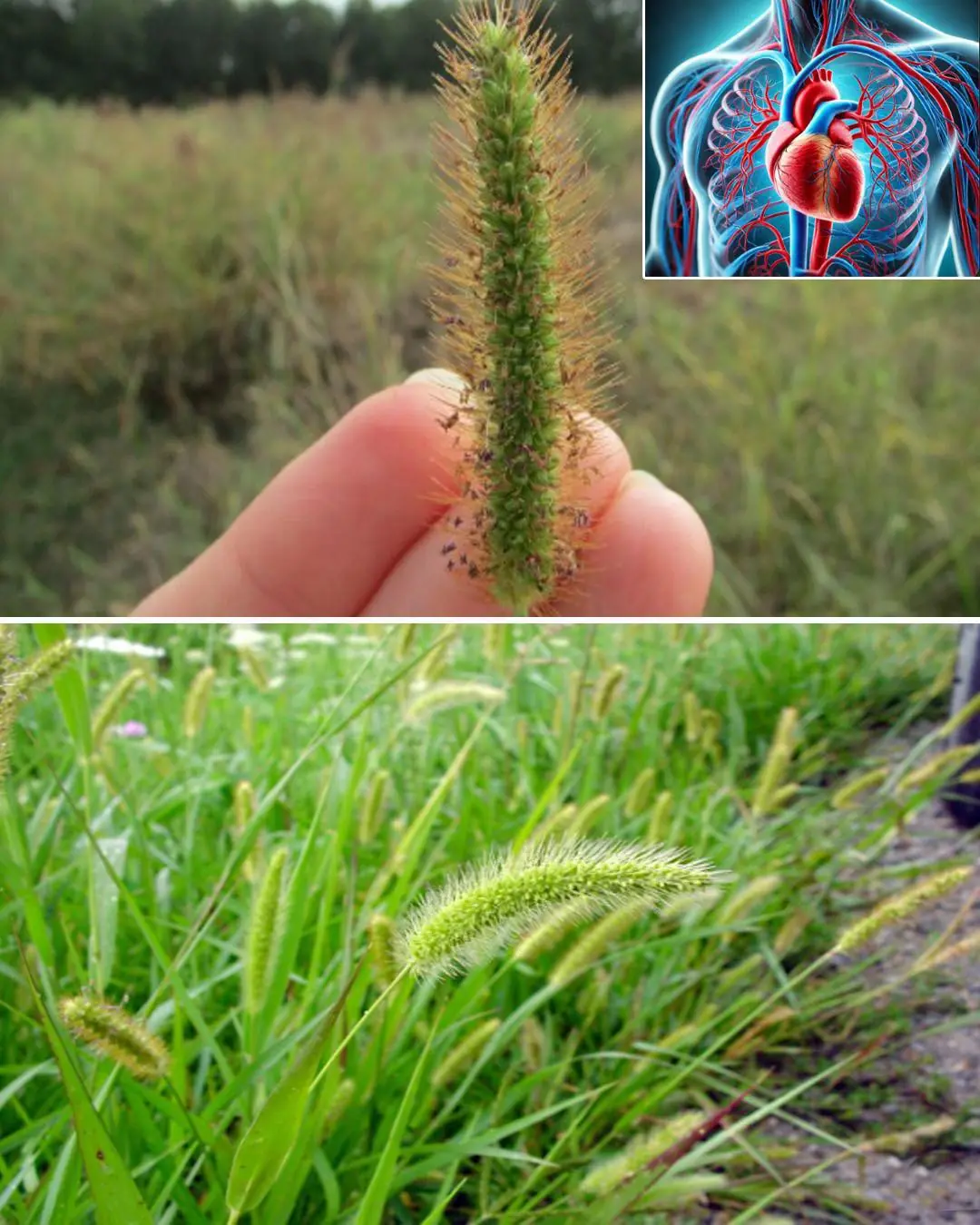
The Benefits and Uses of Foxtail Grass
